It's a common dilemma. Your wife has planned a special meal, and is determined to offer her famous Chocolate Truffle Surprise for desert. Or you are dining at a great restaurant, and you just have to try their renowned chocolate mousse. You want to carry on drinking wine through the desert course and on to the cheese, but, wine and chocolate fight, right?
Well, yes and no. Wine and chocolate can be an exciting and intriguing pairing, but you need to choose the right wine. A delicate flowery white is going to be crushed, as is even the most well-muscled dry red.
The Chocolate Must Be Good
Start with the chocolate. That stuff Hershey makes is a confectionery, it isn't chocolate. Also, white “chocolate” doesn't contain cocoa. Good white chocolate has its place, but for the purposes of this article we are just looking at milk and plain chocolate.
In your home, and at a fine restaurant, chocolate used in cooking is likely to be real chocolate, organic, and with a high percentage of cocoa; not loaded with cocoa butter, sugar, or heaven forbid corn syrup. If it contains milk, it will be good quality whole milk.
At home, you have the benefit of forward planning, so you can taste the chocolate in advance, and gauge the sweetness of the finished dish. Then select a wine which is sweeter than the final desert will be. At a restaurant, ask the commelier for his advice.
Your search will very likely send you to fortified wines, port, sherry or Madeira, and to high octane sweet red, perhaps one with some sparkle, for example, a Moscato d' Asti, as well as to your favorite desert wines.
Milk Chocolate
Generally an altogether milder, sweeter taste and a smoother feel in the mouth than a full on dark and bitter chocolate, milk chocolate and milk chocolate confections call for the sweetest wines, but ones with a yielding quality which matches the gentleness of the milk chocolate's taste profile. You could experiment here with a Pinot Noir or even a Riesling.
A favorite desert in our house is fresh garden picked strawberries dipped in melted Goss milk chocolate, which we get from Belize, and which is then cooled in the fridge. The chocolate dipped strawberries are served with a glass or two of Bollinger. Sybaritic luxury.
Plain Chocolate
This is really the king of chocolate, and must contain a minimum of 35% cocoa to qualify as dark, although I prefer around 50%. The more cocoa, the less sweet and more complex, is the flavor of the chocolate. You don't need sweet wine to drink with truly dark chocolate, but you should choose wine with a truly robust complexity of flavor and plenty of tannin if the multiple layers of flavor in the chocolate won't simply swamp your taste buds.
Select a Californian Zinfandel with plenty of fruit, high alcohol levels and lots of spice, and just see how the wine and the chocolate sing to each other. Pinot Noir and Merlot can also come into their own here, but again, choose one with plenty of fruit and structure.
Perhaps the very best wine of all to pair with chocolate is Banyuls, from the south of France, made from the Grenache grapes. This delightful wine has hints of chocolate in its own flavor, and is possibly the ideal pairing with chocolate.
It's fun to spend time figuring out your own favorite wine and chocolate pairings. Remember, for this exercise, you shouldn't be eating ordinary mass produced chocolate. Instead choose brands such as Lindt, Green and Blacks, or seek out chocolate from small artisanal makers such as my favorite, Goss from Belize.


